AARP Hearing Center


The arrival of warmer weather means sunny days, longer walks, outdoor adventures and road trips with your four-legged friends. But spending more time outside also puts pets at higher risk of exposure to several health hazards.
While you should take your pet to your veterinarian for a seasonal checkup to get them up to date with preventative care, says Antje Joslin, veterinary consultant for Dogtopia dog daycare centers, there are also steps you can take to make sure you’re keeping them safe day-to-day.
Follow these eight tips to keep your pet safe during warmer weather.
Protect against parasites


Fleas and ticks can bother pets all year, but the populations are highest in many climates in the late spring through fall.
The creepy crawlies don’t just have a major ick factor; they can also cause a host of health issues.
Fleas make pets itchy and can lead to hair loss, skin issues, anemia and tapeworm while ticks can transmit diseases like Lyme disease, according to the Centers for Disease Control and Prevention (CDC).
Prevention is key for protecting your pet. Rebecca Greenstein, veterinary medical advisor for Rover pet sitting and dog walking service and owner of Kleinburg Veterinary Hospital in Kleinburg, Ontario, suggests talking to your veterinarian about topical or oral monthly preventive medications that protect against parasites.

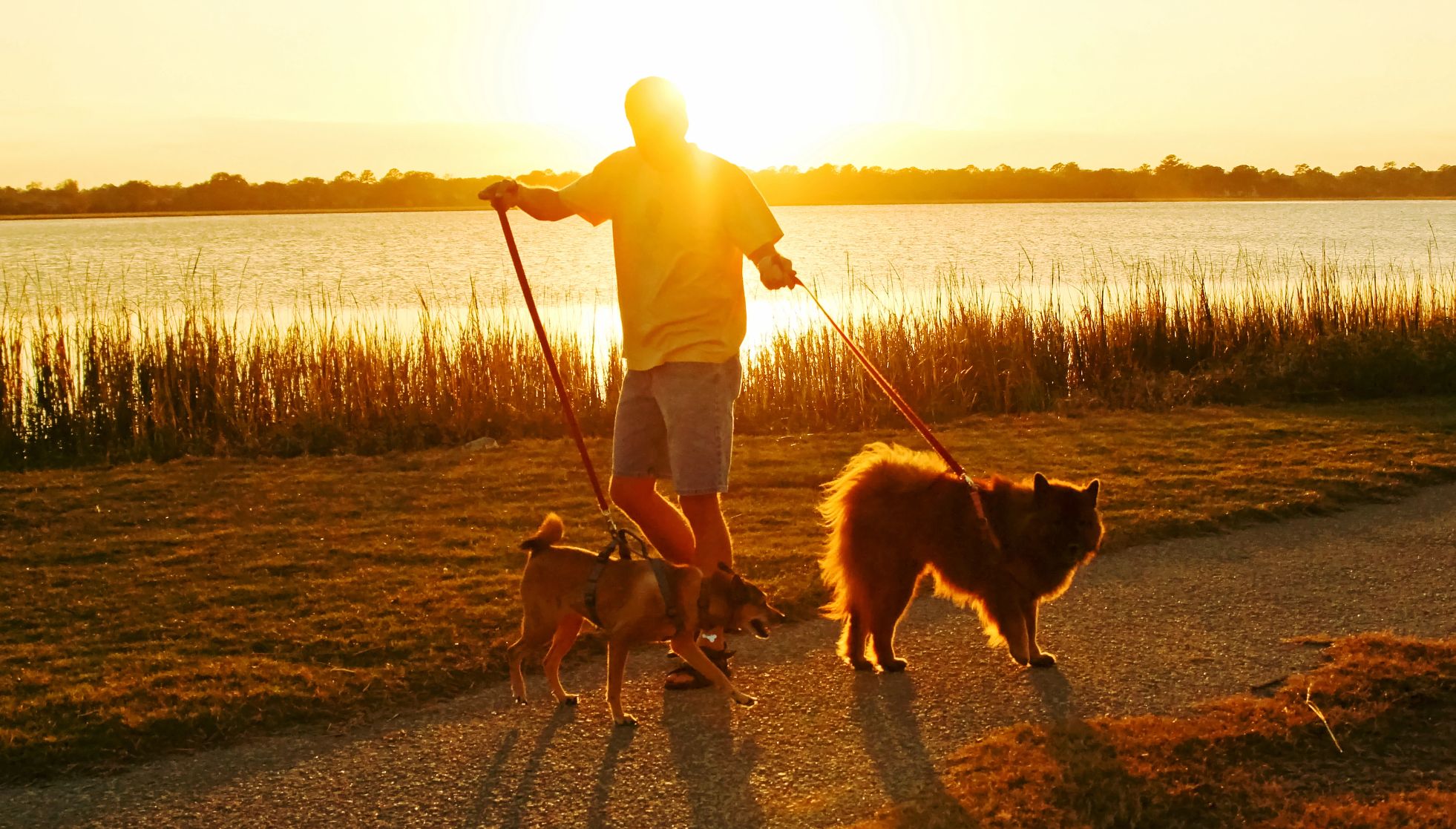
Hide from the heat
Dogs and cats wear fur coats all year long, and since pets don’t sweat like humans but rather dissipate heat through panting, it’s difficult for them to regulate their body temperatures, according to the American Kennel Club (AKC). As a result, high temperatures can be dangerous for your pets.
“People consistently overestimate their pet’s heat tolerance,” says Greenstein. “The safest bet is to go out in the early morning or later in the evening to avoid peak temperatures.”
Your pet should also have access to shade and lots of fresh, cool water when they are outside, adds Anthony Coronado, veterinarian and vice president of emergency medicine at Thrive Pet Healthcare nationwide clinics.
If you notice frantic panting, excess salivation or other signs your pet is overheating, Coronado suggests moving them to a cooler temperature (like an air-conditioned house) and applying lukewarm cloths to areas like the armpits and stomachs where skin is exposed. It’s also a good idea to seek immediate veterinary care.
When pets overheat, they could suffer from heatstroke. The signs of heatstroke include heavy panting, dry or sticky gums, lethargy, disorientation and seizures; heatstroke can be fatal.




























































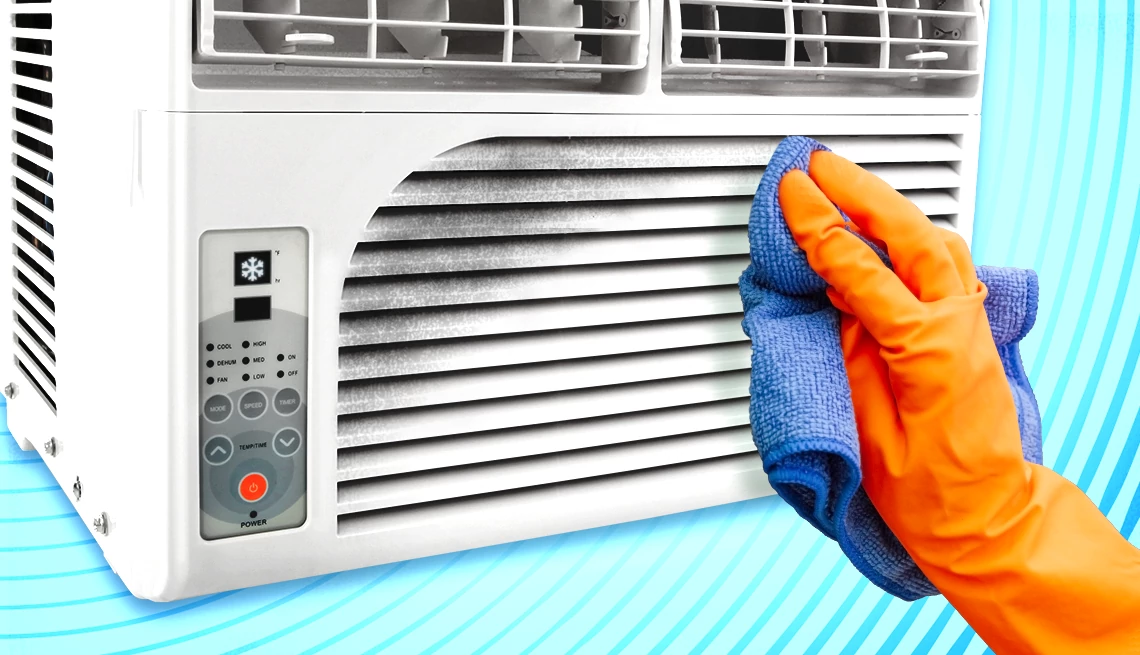








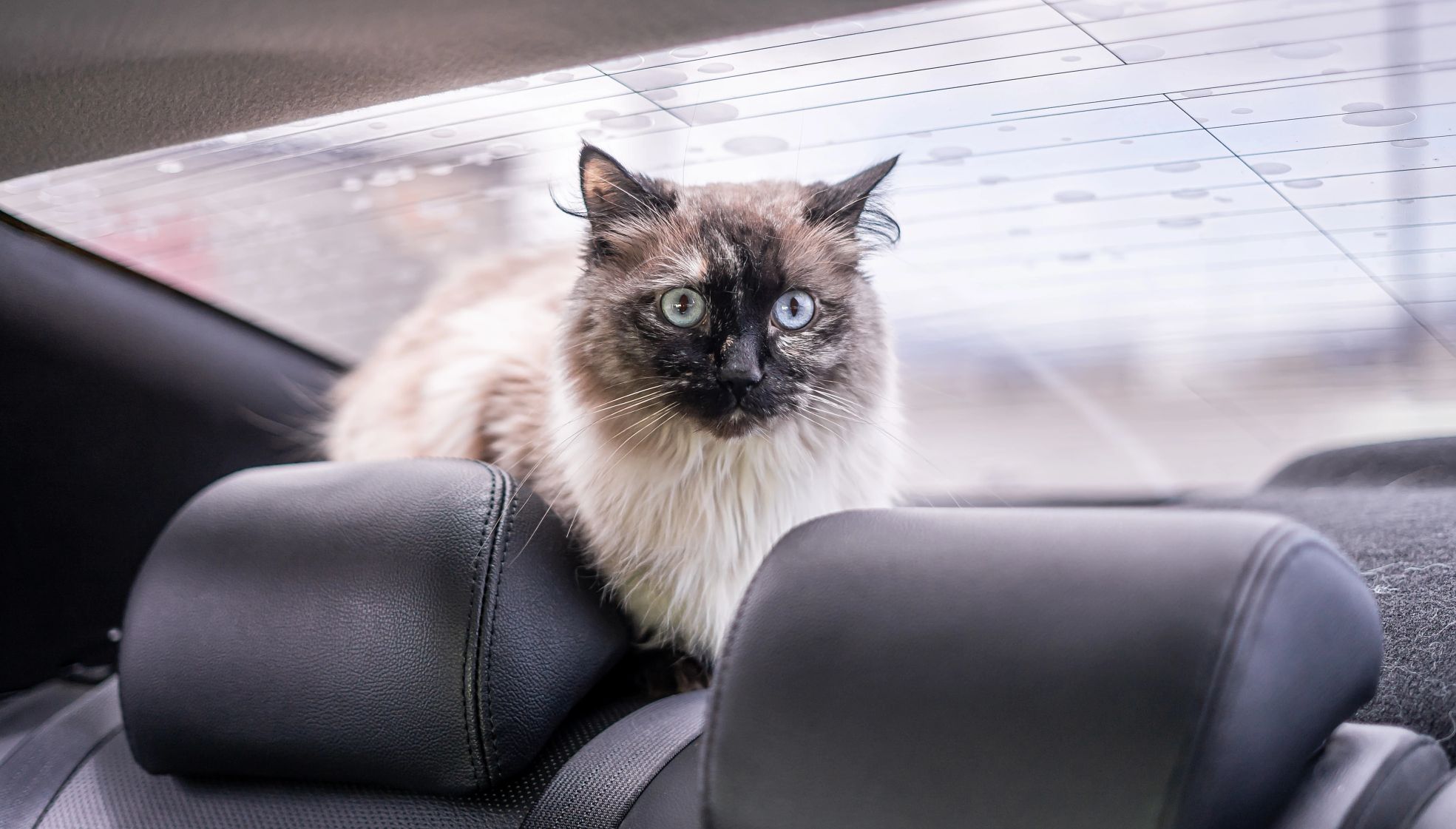
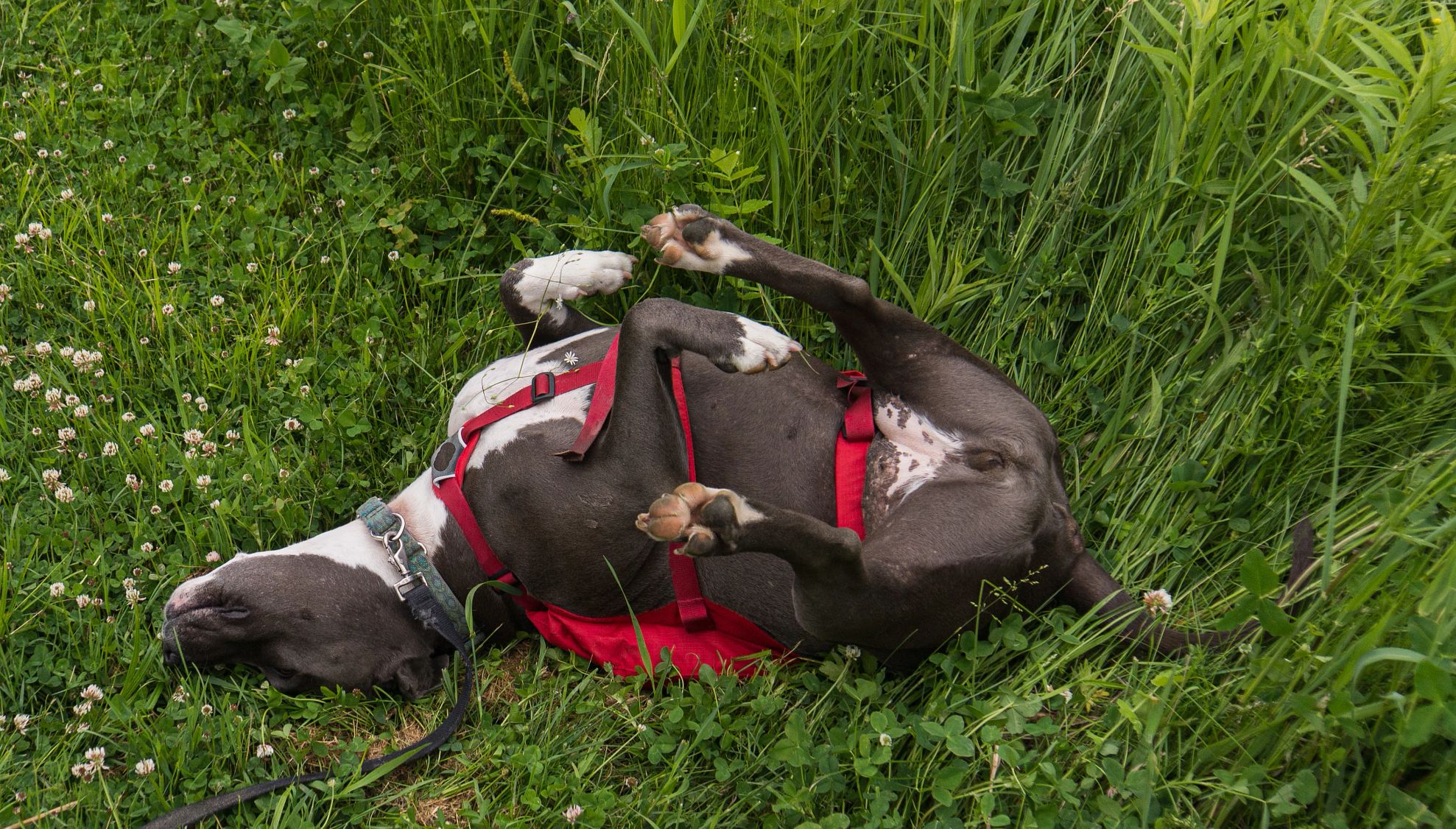
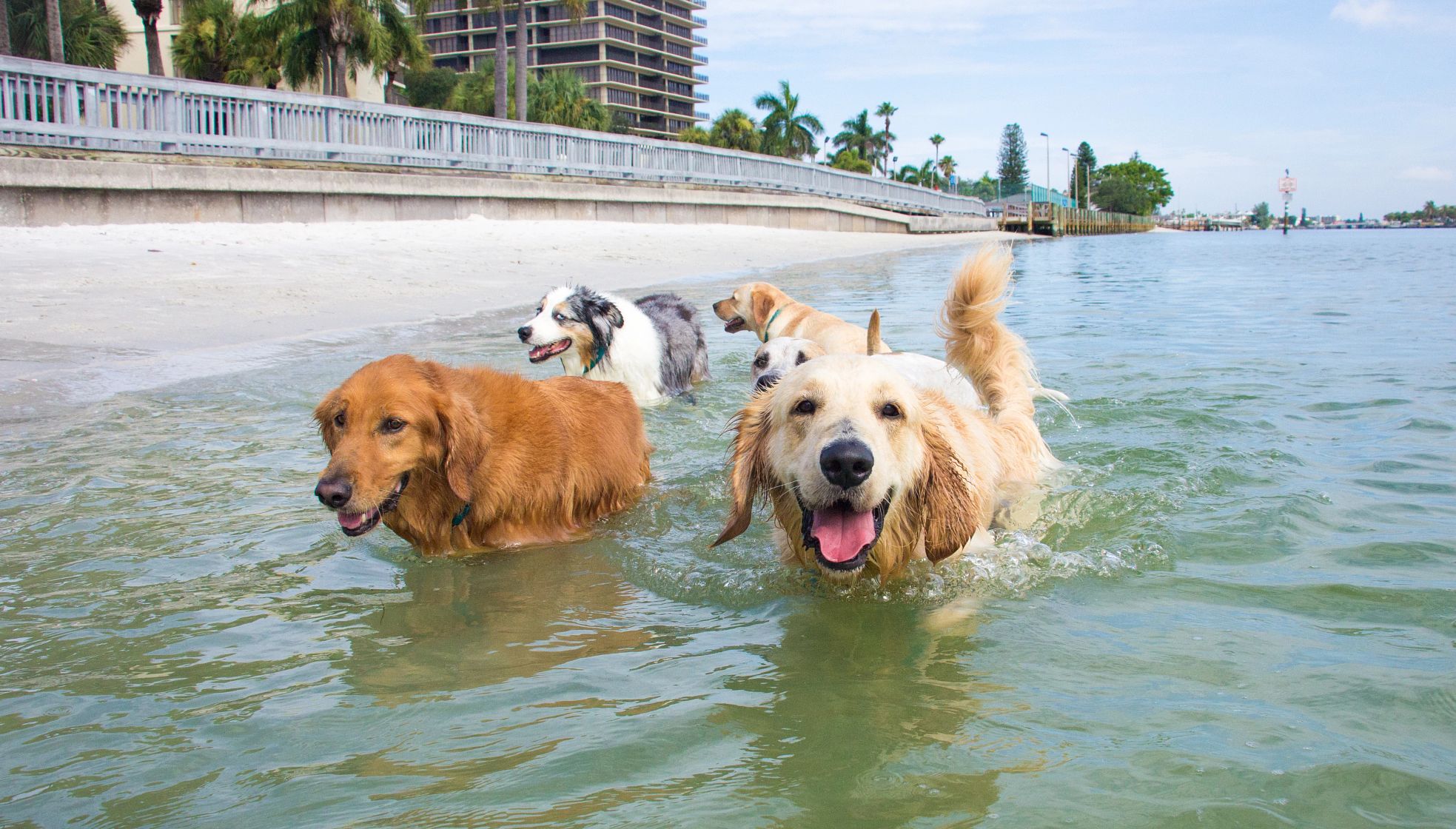


More From AARP
Great Dog Breeds for Grownups: A Guide to Choosing a Pup to Match Your Personality
Whether you’re a homebody or traveling in retirement, there’s a good canine companion for you
A Sanctuary for Older Dogs Is One Woman’s Dream Fulfilled
Chris Shaughness rescues, rehabilitates and helps find homes for the older pups no one wants
Should You Buy a Robot Lawn Mower?
These self-guided machines are emerging as the “it” tech tool, and they're convenient — but are they for you?
Recommended for You